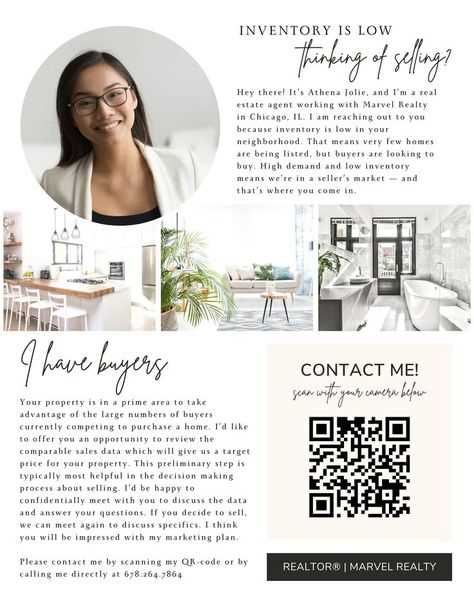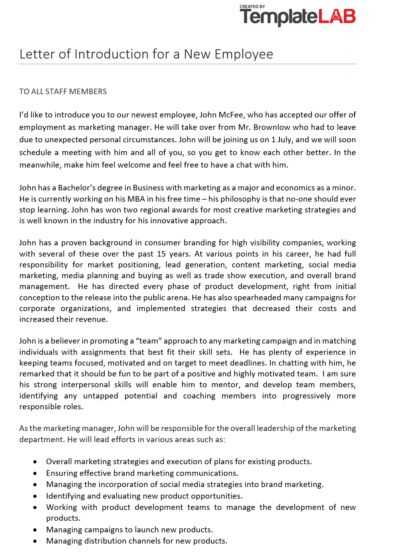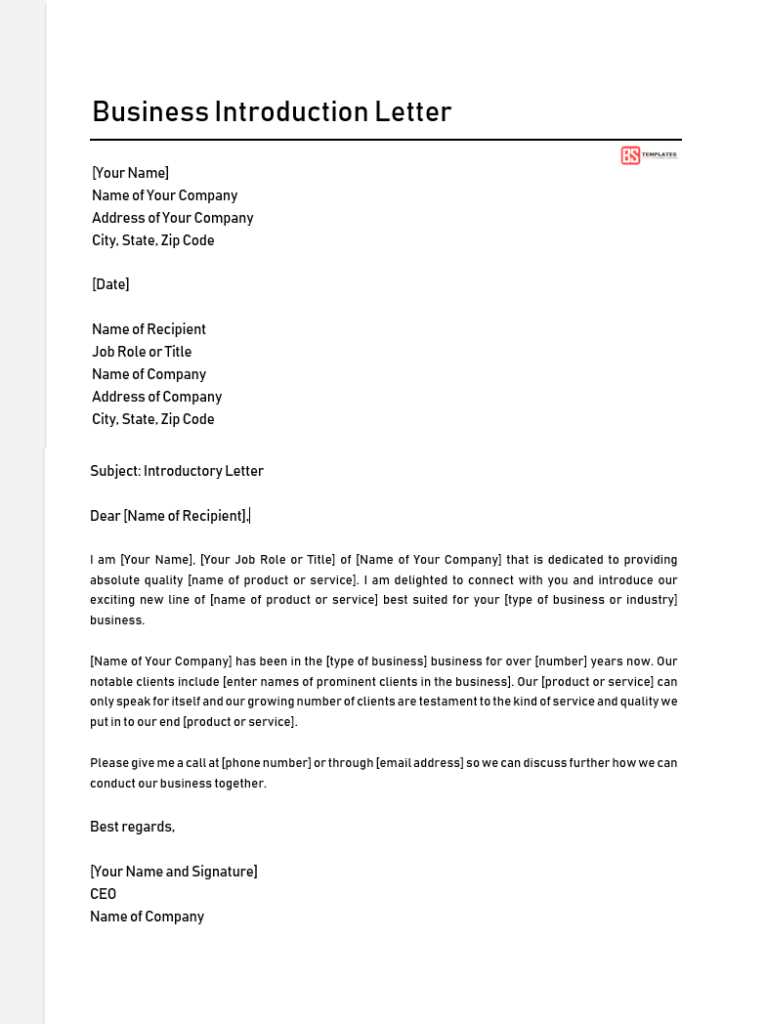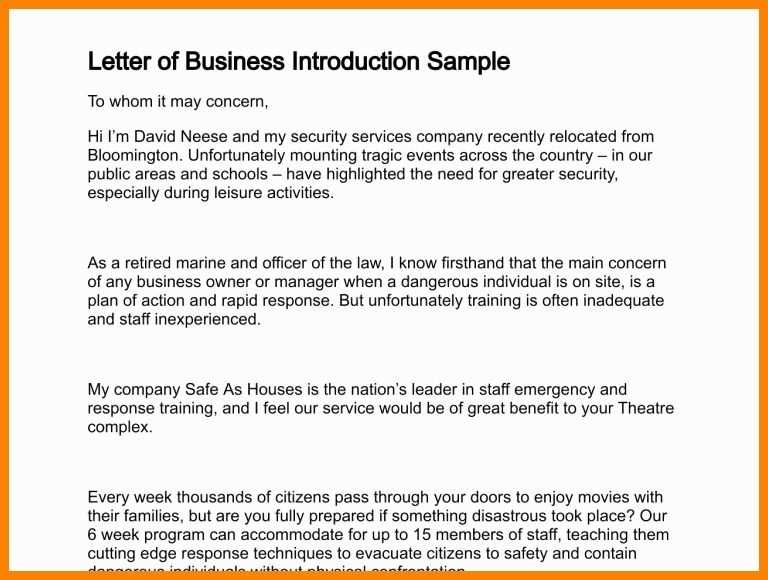Realtor Introduction Letter Templates for Effective Networking

Building strong relationships with potential clients is key to success in the real estate business. One of the most effective ways to establish trust and professionalism is through personalized outreach. Creating a well-crafted message can make all the difference in making a lasting impression and forming a connection with new clients.
Whether you’re reaching out to buyers, sellers, or other industry professionals, it’s important to convey a clear, welcoming, and confident tone. A well-designed communication approach can help you stand out and build a solid foundation for long-term partnerships.
Crafting a strong first impression is essential. Customizing your outreach materials to fit the needs of your target audience can demonstrate your understanding of their goals and set you apart from others in the industry. Tailoring your message with relevant details will ensure it resonates with the reader and leaves a positive impact.
In this section, we will explore various strategies for creating impactful outreach that effectively represents your expertise and helps you connect with clients more effectively. Clear, concise, and compelling communication is your gateway to success in the real estate market.
Crafting a Personalized Realtor Letter
Personalizing your communication with potential clients is essential in making a meaningful connection. By tailoring your outreach to address specific needs, interests, and goals, you show your understanding of their unique situation. This approach can help establish trust and credibility from the very first interaction.
When drafting your message, start by considering the recipient’s background and circumstances. Whether they are first-time buyers, experienced investors, or sellers looking to move, understanding their position can help you create a message that resonates with them. The goal is to offer something of value that aligns with their objectives.
| Key Component | Purpose |
|---|---|
| Personalized Greeting | Creates a friendly, welcoming tone that engages the reader. |
| Relevant Information | Shows you understand their needs, offering solutions or insights. |
| Call to Action | Encourages the recipient to take the next step, such as scheduling a meeting. |
Including these key elements ensures that your message feels tailored to the individual, not just a generic communication. It demonstrates that you’ve taken the time to understand their goals, fostering a sense of connection and increasing the likelihood of a positive response.
Key Elements of an Effective Letter
An effective message that aims to establish a connection with a potential client should be clear, engaging, and concise. It must convey the right tone while also addressing the specific needs of the recipient. Key components should be carefully chosen to ensure that the communication not only grabs attention but also prompts the reader to take action.
Clarity and Conciseness are crucial in keeping the message focused. Avoiding unnecessary details ensures that the main point stands out. A brief, well-structured communication will be more likely to be read and remembered.
Personalization plays a pivotal role. By acknowledging the recipient’s unique circumstances or goals, you show that you’ve done your research and are genuinely interested in helping. This could involve referring to their specific property interests or even the challenges they may be facing in their current situation.
Strong Call to Action is essential for guiding the recipient on what to do next. Whether it’s scheduling a consultation, visiting a property, or simply reaching out for more information, an actionable next step gives clear direction and moves the process forward.
Finally, professional tone and presentation should never be overlooked. A polished, well-written message not only reflects your competence but also builds credibility and trust with your audience.
Common Mistakes to Avoid in Letters

When crafting a message to potential clients, avoiding common pitfalls can significantly improve its effectiveness. A few simple mistakes can undermine the entire effort, making it less impactful or even off-putting. It’s important to be mindful of both the content and the presentation to ensure your communication achieves its goal.
One major mistake is failing to personalize the message. Generic, one-size-fits-all communications often come across as impersonal and can leave recipients feeling unimportant. Tailoring the message to reflect the recipient’s specific needs or situation increases the likelihood of a positive response.
Another common error is being too vague or overly complicated. When the purpose of your communication is unclear, recipients may struggle to understand the key points or actions required. Clear, direct language should always be used to convey your message effectively.
Overloading the message with excessive details can also be counterproductive. While it’s important to provide relevant information, bombarding the recipient with too much can make the message feel overwhelming and less likely to be read. Keep the focus on the most essential points.
Finally, ignoring the tone can make a significant impact on how the message is received. Whether too formal or too casual, an inconsistent or inappropriate tone can create barriers to a connection. Striking the right balance between professional and approachable is crucial for establishing trust.
How to Tailor Letters for Different Clients
Each client comes with unique needs, preferences, and expectations. Customizing your communication for different types of clients is essential for building strong relationships and demonstrating that you understand their specific circumstances. By adapting your approach, you can create messages that resonate and increase the likelihood of engagement.
Understanding Your Client’s Needs

To effectively tailor your communication, begin by understanding the client’s individual goals. For instance, first-time homebuyers may require more guidance and reassurance about the process, while experienced investors may appreciate more detailed, data-driven insights. Recognizing these distinctions allows you to emphasize the information that matters most to each client.
Adjusting Tone and Content
The tone of your message should also reflect the client’s personality and preferences. A younger, more casual client may respond better to a friendly, informal approach, while a corporate client might appreciate a more formal and professional tone. Additionally, the content should be customized based on what the client values most–whether it’s location, investment potential, or specific property features.
Boosting Your Business with Realtor Letters

Effective communication can be a powerful tool in growing your business. By strategically reaching out to potential clients, you can increase brand awareness, build trust, and ultimately expand your client base. Using well-crafted outreach materials is one way to elevate your business presence and showcase your expertise in the industry.
Building Trust and Credibility
Personalized and thoughtful outreach can help you establish a positive reputation and foster trust with prospective clients. Here are a few key ways to use communications to enhance your business:
- Showcase your expertise – Providing useful and relevant information establishes you as a knowledgeable professional.
- Maintain professionalism – Polished, well-crafted messages convey credibility and attention to detail.
- Engage with potential clients – Initiating communication demonstrates your willingness to assist and build relationships.
Increasing Engagement and Opportunities
Strategically reaching out not only boosts your reputation but also opens up new opportunities. A carefully crafted message can spark curiosity and prompt recipients to reach out to you. Here’s how to increase engagement:
- Follow up consistently – After initial contact, follow-up communications keep you top of mind for potential clients.
- Encourage action – A clear call to action motivates the recipient to take the next step, whether it’s scheduling a consultation or learning more about your services.
- Target specific audiences – Customizing your outreach based on the recipient’s interests ensures you’re speaking to their needs directly.
By integrating these strategies into your business communication, you not only increase the likelihood of converting prospects into clients but also solidify your reputation in the market.